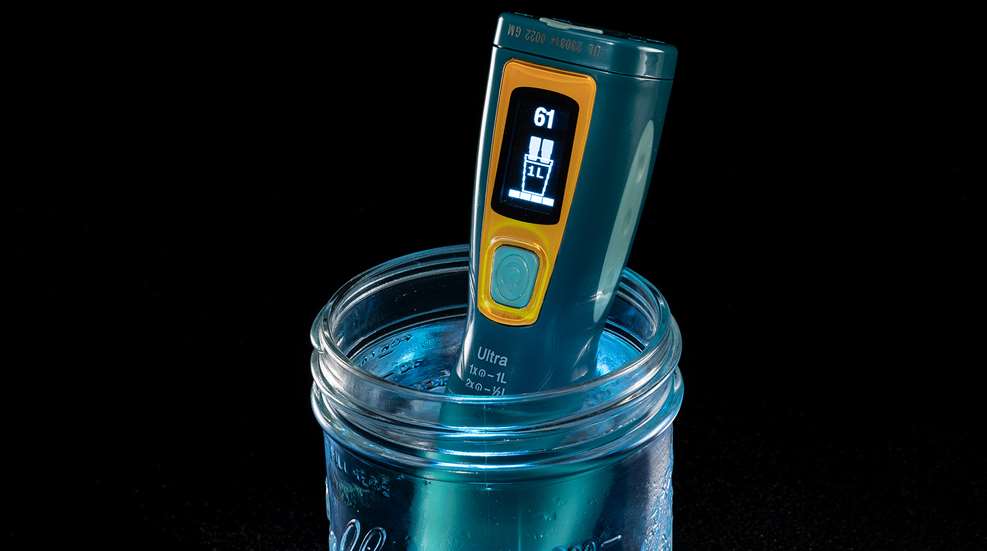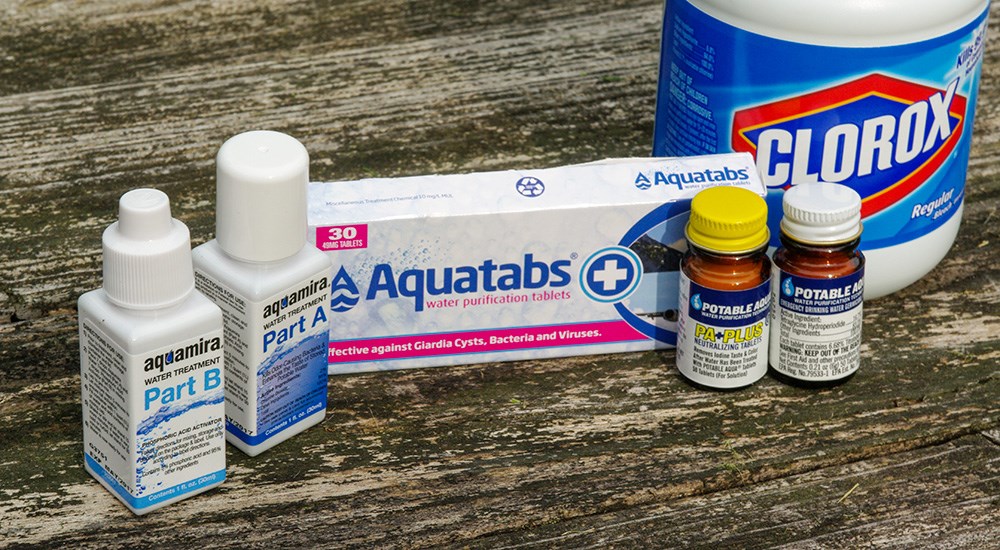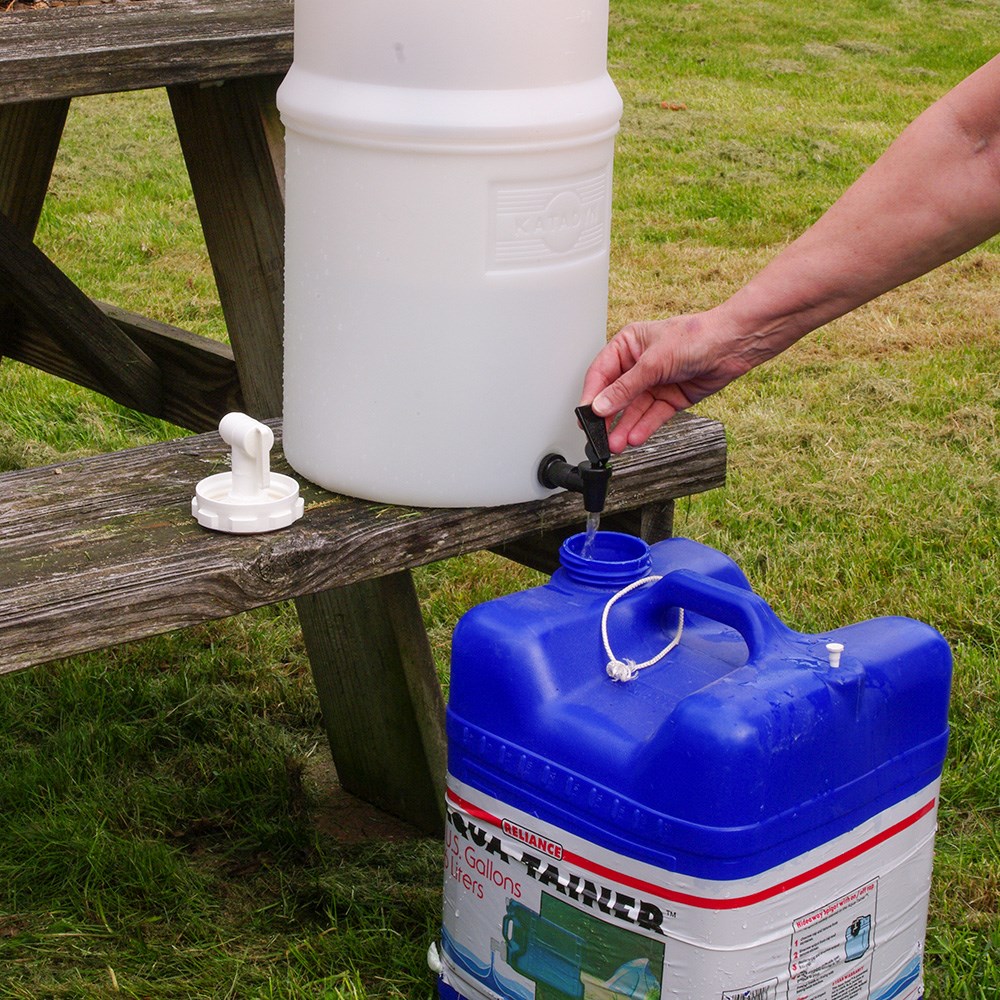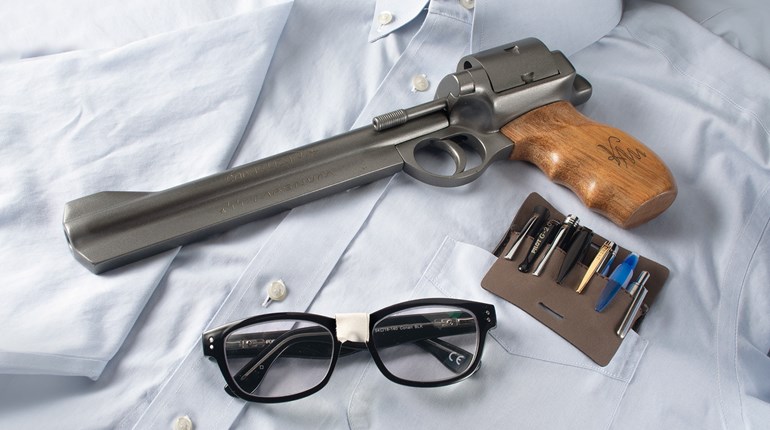
What was supposed to be a short walk last fall turned into a lot more. Lost or misdirected depends on which one of us you ask, but either way it was a long slog through a thick swamp. It was below zero earlier that morning in Maine but had warmed up, and I was overdressed. I had pounded through my one bottle of water pretty fast. I had no trouble finding more, but remembered that the stream I was following originated in an active beaver dam. Beavers carry giardia. I’ve had it before and I never want it again. I was very thirsty by the time I got back to the truck and more interested in water than hunting. You can be sure I had a way to make water safe in my backpack the next day.
Hunters have two concerns: camp water and field water. Camp water must be safe to drink, wash dishes, brush your teeth and even make coffee. Hunters in the field also need an easy and lightweight way to make water safe to drink day to day. No water supply, no matter how remote, is safe to drink.
Be cautious about water that guides or other people insist is “safe.” They may have developed an immunity to the impurities in the water.
It’s always best to pre-filter any water to remove the chunks and debris. Coffee filters work great for this. T-shirts are okay, but dirty underwear is a poor choice.

In Camp
• Boiling: Perhaps the best known and easiest way to deal with contaminated water is boiling the water. Boiling will kill bacteria and other disease-causing microorganisms. At high elevations, though, the boiling point of water drops. To be 100 percent sure, boil for at least 10 minutes at sea level and add 10 more minutes for every 1,000 feet of elevation.
• Chemicals: Water purification chemicals are usually either iodine- or chlorine-based. But most are not 100 percent effective against giardia and cryptosporidium. They are best used in conjunction with a filter.
One of the best and least expensive chemicals you can use to purify drinking water is regular, unscented 5 percent to 8.25 percent household bleach. Mix one-half teaspoon of bleach per 5 gallons of clear water. If the water is cloudy, double the bleach. A slightly stronger mix, 1 tablespoon of bleach per 1 gallon of water, is great to disinfect dishes and cooking areas.
Aquatabs tablets are used all over the world to kill off waterborne germs, but they are chlorine-based and alone may not be effective against giardia.
Potable Aqua iodine tablets are the iodine-based treatment. Because iodine tastes awful, the kit comes with two bottles of tablets; the second has ascorbic acid to remove the taste. It’s not a good idea to ingest this much iodine in your water long-term, but for a few days or weeks it’s fine.
• Filters: Filters are the best choice for safe drinking water for hunters. A gravity fed, high-capacity filter will work at making safe water all day if it is tended well. These work well for a camp-based operation where water can be filtered into a large holding tank or a clean 5-gallon jug.

In the Field
The key here is to carry something lightweight and portable in a backpack or pocket to treat the water you find as you hunt. There are three choices:
• Chemicals: The two-part system used by Aquamira Water Treatment Drops uses chlorine dioxide, which is what municipal water systems have used for years. The company says it will kill off giardia and cryptosporidium, making this a good choice for hunters. As with any chemical treatment, it takes time to work. I once used Aquamira Water Treatment Drops while packing out a sheep in the mountains of Yukon. I was thirsty and my companions were impatient, so I drank it too soon, before it had time to act, and wound up with a stomach bug.
• Ultraviolet Purification: Ultraviolet (UV) light works on DNA and prevents microbes from reproducing. (I wonder if we can use it on Congress?) Without reproduction, the microbes become far less dangerous.
Water treated with UV still contains microbes. They remain present in the water, but their means for reproduction are turned off, so the water is safe to drink.
UV works best with clear water so pre-filtering is a good idea. The UV light must be able to penetrate the water. The upside is UV adds nothing to the water for you to ingest. Also, the amount of water it can handle is almost limitless because as long as the unit remains working you will never run out.
Steripen is the best-known company for consumer UV water treatment. I carry one of the company’s rechargeable units in my backpack when hunting as it weighs almost nothing. It’s also a good choice for travel in Third World situations where I sterilize the hotel water before drinking it.
• Filtration: Portable filters are designed for backpackers, hunters and other people on the move. They are relatively light and fit easily in a backpack and are available at most outdoor stores. If you are in a North American wilderness situation or even in most rural locations, water that is filtered is pretty safe to drink.
I always take a filter to any wilderness hunt and any international hunt. The most common are the pump style. There are water bottles with built-in filters that clean the water as you drink and even straws that allow you to drink directly from the source. Those I have tried require a lot of work to move the water through the filter as you drink, so I much prefer a pump filter and a bottle.
Giardia is probably the biggest concern for backcountry hunters. Portable pump filters can remove pathogens down to .2 micron in size, which includes giardia. Filters remove most bacteria and protozoa but not viruses, which are small enough to pass through. Viruses, though, are rare in North American wilderness settings; it is more common to encounter them in Third World situations. For 100 percent safety, though, disinfection by chemicals or ultraviolet light may still be required after filtration.
Clean water means healthy hunters. I have ruined an entire fall by drinking from a clear mountain stream in Montana. The resulting giardia was misdiagnosed and I was very sick for months. Don’t let that happen to you.



































